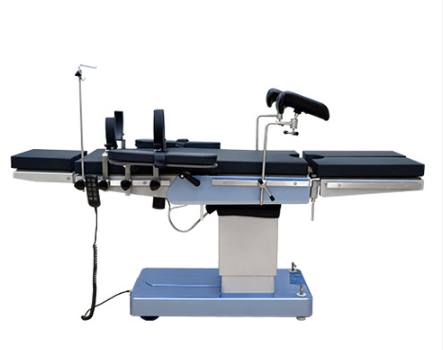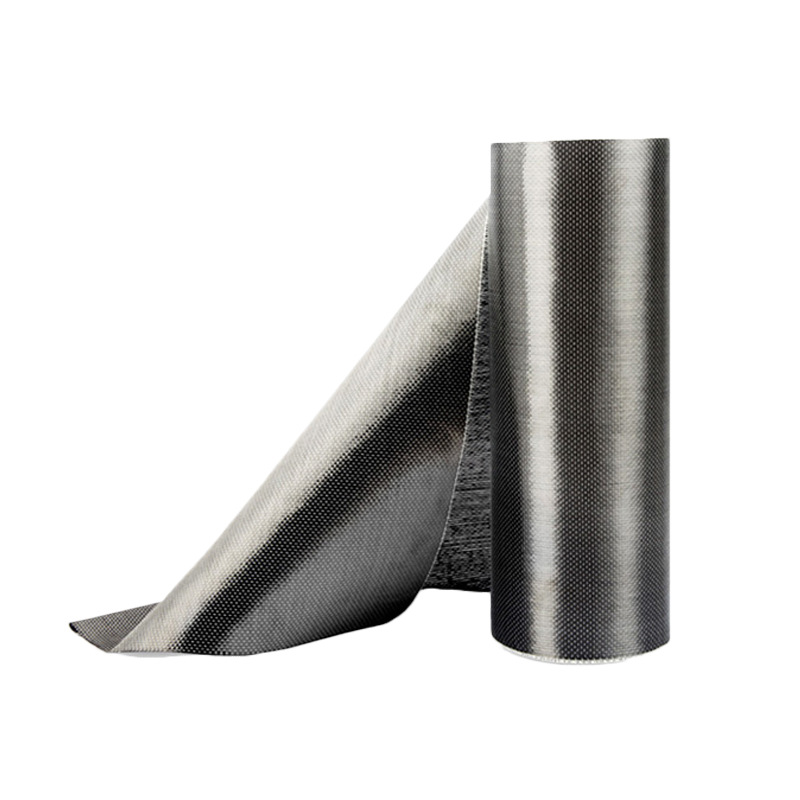Carbon fiber reinforced composite materials
- Aug-20-2025
- (51) Views
Carbon fiber reinforced composite materials are composite materials formed by using carbon fiber or carbon fiber fabric as reinforcement and resin, ceramic, metal, cement, carbon or rubber as the matrix. Among many lightweight materials, they have higher specific strength and specific rigidity, and the lightweighting effect is very obvious. They are widely used in aerospace and military products. The weight reduction effect is particularly obvious when used in vehicle body structural parts. They are 50% lighter than steel materials and 30% lighter than aluminum materials. Therefore, they have attracted widespread attention from major domestic and foreign automobile companies.
Characteristic
The properties of carbon composite materials are mainly manifested in three aspects: mechanical properties, thermophysical properties and thermal ablation properties.
(1) Low density (about 1.7g/cm3). It is the lightest material in structures that withstand high temperatures. It has good high-temperature strength and can retain room-temperature strength at 2200℃. It has high fracture toughness, fatigue resistance, and creep resistance. Moreover, its tensile strength and elastic modulus are higher than those of general carbon materials. The fiber orientation significantly affects the strength of the material. When subjected to stress, its stress-strain curve shows a "pseudoplastic effect", that is, it is linear at the beginning of the load application, and then becomes a bilinear relationship. After unloading and reloading, the curve remains linear and can reach the original load level.
(2) It has a small thermal expansion coefficient, high specific heat capacity, can store a large amount of heat energy, has low thermal conductivity, and has excellent resistance to thermal shock and thermal friction.
(3) It has good thermal ablation resistance. Thermal ablation resistance is the phenomenon of surface loss of solid materials caused by thermochemical and mechanical processes under the action of heat flow. A large amount of heat is taken away by the ablation of the surface material, which can prevent heat from flowing into the material. C-C material is a sublimation-radiation type material.
Application of carbon fiber reinforced composite materials
The excellent mechanical and thermal properties of carbon fiber reinforced composite materials make it widely used in nuclear reactors, solid rocket nozzles, heat exchangers and brake discs [2]. The thermal ablation performance of C-C materials is widely used in ablative heat protection materials. For example, it can be used in rocket nozzle throat linings and long-range missile nose cones; secondly, it can be used as electrode plates in the electronic and electrical industry and as artificial heart valve bodies in medical applications.
Composite Principle
It uses carbon fiber or carbon fiber fabric as reinforcement and a carbon or graphitized resin as a matrix.
This composite material exhibits excellent high-temperature strength, stable morphology at high temperatures, a high sublimation temperature, and excellent ablation-resistant depression resistance. It also possesses high strength and rigidity parallel to the reinforcement direction, resists crack propagation, provides vibration damping, and is radiation-resistant.
Processing methods
The molding and processing technology for carbon composites involves the production of carbon fiber blanks, the manufacture of a carbon matrix, and the composite of the matrix and fibers.
First, carbon fibers or carbon fiber fabrics are formed into blanks. Depending on the raw material form, these blanks are categorized into: long fiber winding; carbon felt short fiber molding or injection molding; and graphite cloth lamination. Currently, the blanks are primarily developed using triaxial fabrics. These fabrics are arranged orthogonally at 90° in the X, Y, and Z directions. The carbon fibers in each direction are aligned within the fabric, effectively utilizing the fibers' mechanical properties.
Second, the composite matrix is prepared. Carbon-carbon composite matrices come in two types: resin carbon and pyrolytic carbon. Resin carbon is obtained by carbonizing and graphitizing synthetic resins or asphalt, while pyrolytic carbon is obtained by vapor deposition of hydrocarbon gases.
Finally, the blank and matrix are composited and molded.
There are two methods.
First, molten pitch, derived from kerosene and petroleum, is impregnated into the structural gaps of the carbon fiber blank under heat and pressure, then pyrolyzed. The impregnation and pyrolysis cycles are repeated until the composite material reaches the desired density.
Second, high-strength pyrolytic graphite is formed on a hot substrate using vapor phase chemical deposition.
Processing technology
Traditional processes There are many molding processes for traditional carbon fiber composite materials, such as injection molding, hand lay-up molding, winding molding, and compression molding. These processes are widely used in automotive carbon fiber composite parts, such as the hand lay-up molding process for a sports car body, the injection molding process for the top of a heavy truck, the fiber winding molding process for high-pressure gas cylinders for passenger cars, and the compression molding process for a pickup truck box. [3] Resin transfer molding process Traditional molding processes generally have low production efficiency, long production cycles, poor working environments, and are often not suitable for mass production. At present, the resin transfer molding (RTM) molding process has received more and more attention. RTM process is a commonly used molding process for composite materials. This process is to place the fiber reinforcement material or preform into a closed mold cavity, inject the resin liquid into the mold cavity under pressure, soak the fiber or preform, and then solidify and demold the molded product. This process is characterized by its ability to produce products with smooth surfaces on both sides and high molding efficiency, making it suitable for medium-scale composite product production (annual output of 20,000 to 50,000 pieces). It is a closed-film molding technology, environmentally friendly, and allows for flexible placement of reinforcements based on the product's load conditions. Requiring minimal investment in production equipment, it represents a low-cost, high-performance composite molding technology, particularly suitable for the small-batch, high-variety production of automotive structural and body panels. It has been widely adopted internationally.
Vacuum-Assisted Resin Transfer Molding and Resin Infusion Molding
RTM technology has experienced rapid development internationally, with new molding methods continually emerging. Vacuum-Assisted Resin Transfer Molding (VARTM) and Siemens Composites Resin Infusion Molding (SCRIMP) are currently the most widely used and representative derivatives. These two molding technologies utilize vacuum-assisted pressure impregnation, enabling faster, more uniform impregnation of fiber reinforcements over a wider area, resulting in more stable and improved product quality. Vacuum-assisted resin infusion (VARI) is a new, low-cost molding technology for large composite parts. It removes gas from the fiber reinforcement under vacuum, utilizing the flow and penetration of resin to impregnate the fibers and fabric, and then cures at room temperature to form the fiber-reinforced material. VARI is a highly effective molding method for large, thick composite parts. Conventional composite molding processes make large molds difficult to select and expensive, making manufacturing particularly challenging, especially for thick automotive components. Compared to traditional processes, the VARI molding process eliminates the need for an autoclave, cures at room temperature, and can be used at higher temperatures after post-processing such as trimming and surface spraying. It also produces parts with lower void content, better performance, and higher fiber content than hand lay-up methods.
Develop
Currently, the development of carbon-carbon composites is based on the research and development of new processes and equipment, striving to reduce production costs and find ways to overcome their inherent shortcomings. For example, carbon-carbon composites have poor antioxidant properties. Current methods to improve this include adding antioxidants during resin impregnation and adding other antioxidant elements during vapor deposition. Carbon-carbon composites also have other inherent shortcomings, such as long processing cycles, poor plasticity, and high costs. These shortcomings will be addressed in future developments.
 English
English





